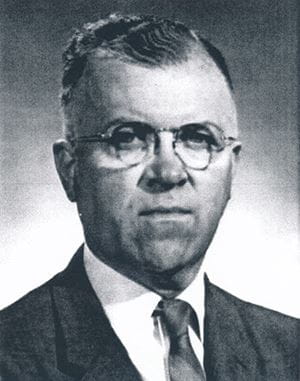The Department of Pathology and Laboratory Medicine at Indiana University School of Medicine has a rich and storied history dating back to the early 1900s. It was organized in 1905, the same year IU School of Medicine was recognized by the Association of American Medical Colleges and by the Indiana State Board of Medical Registration and Examination.
From its humble beginnings to its current status as a leader in medical education, research and patient care, our department has been at the forefront of numerous advancements in the field. This timeline highlights key milestones, notable figures and significant achievements that have shaped our department over the years. Explore our journey through time and discover how we've evolved to meet the changing needs of medicine and society.
.jpg?rev=dafef781c2ed4e1fa267c227576a6b86&la=en&h=550&w=1500&hash=37DD952915527DD824D4122913975765)








